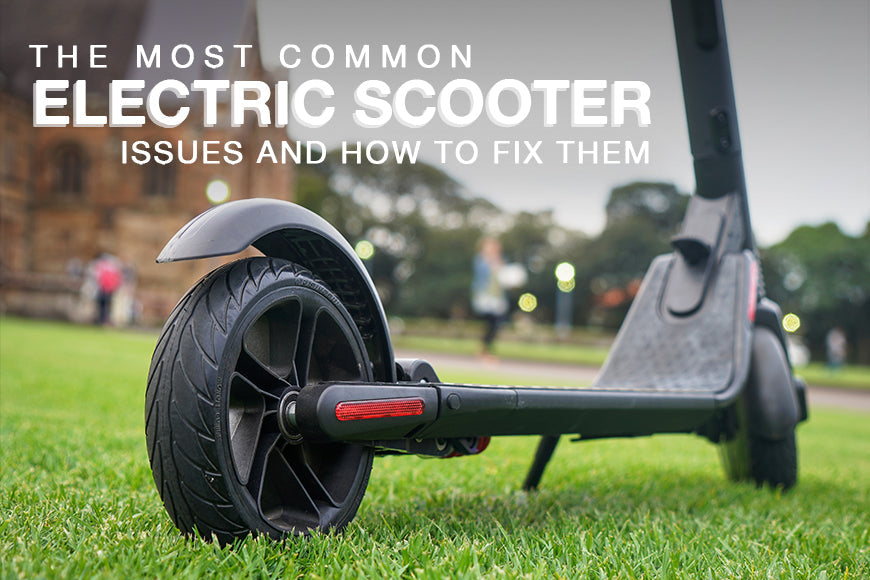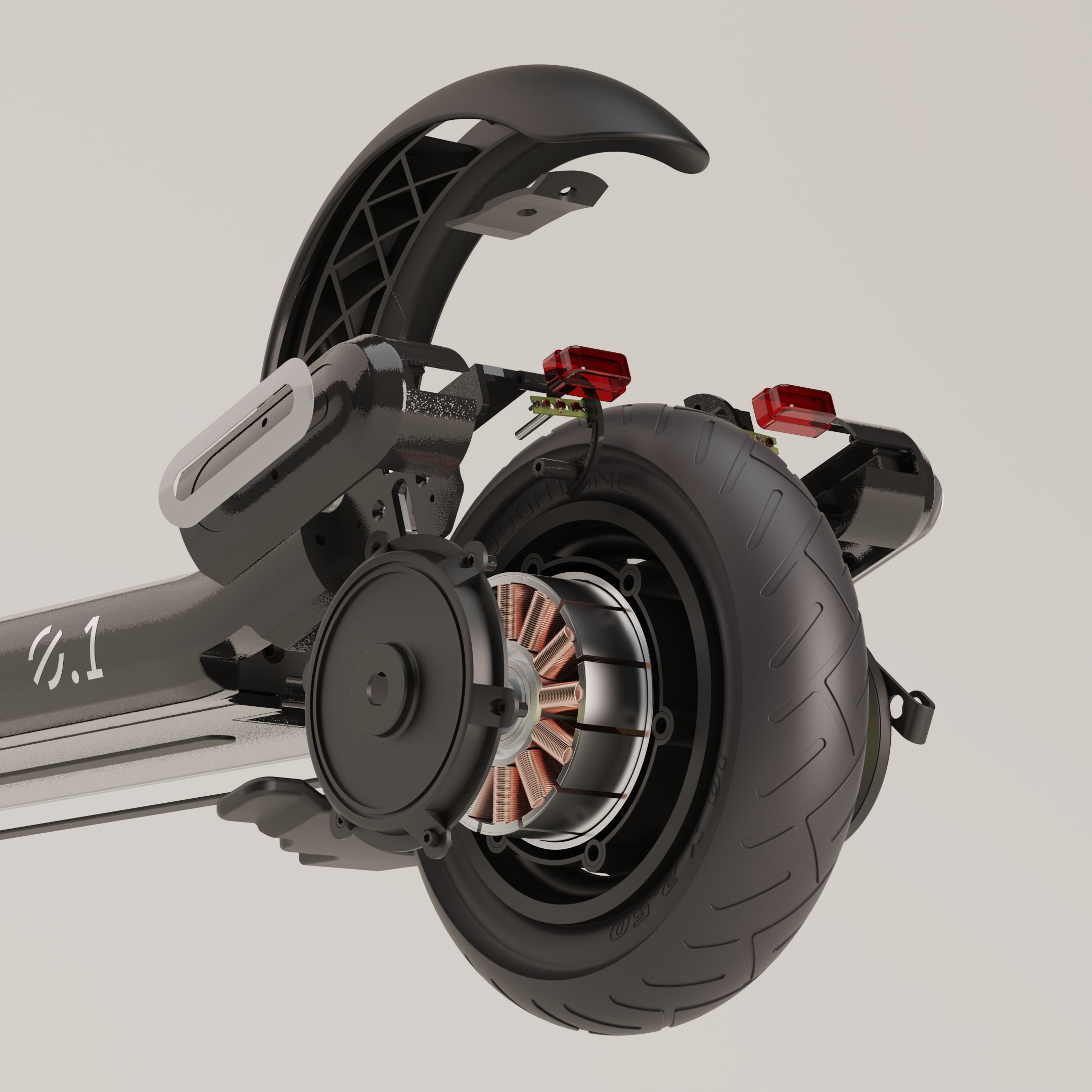If your electric scooter is not charging, check the battery’s condition and ensure that the wires are connected tightly. If you smell a burnt plastic smell, the battery or wire may be burned.

Credit: www.mearth.com.au
Common Causes Of Electric Scooter Not Charging
If you’re wondering why your electric scooter is not charging, there could be a few common causes. Check the battery’s condition, inspect the wires, and ensure tight connections. A burnt plastic smell could indicate a burned battery or wire.
, or a defective battery charger. It is important to diagnose the root cause of the issue in order to fix it effectively. In this section, we will discuss the common causes of why an electric scooter may not be charging properly.
Defective Battery Charger
One common cause of an electric scooter not charging is a defective battery charger. If the charger is faulty, it may not be able to effectively deliver the necessary power to charge the scooter’s battery. To determine if the charger is the issue, you can try charging another device with the same charger. If it works fine with the other device, then the charger is not the problem. However, if the charger fails to charge the other device as well, it is likely that the charger itself is defective and needs to be replaced.
Faulty Charger Port
Another possible cause of an electric scooter not charging is a faulty charger port. The charger port is the connection point where the charger plugs into the scooter. Over time, the charger port can become loose or damaged, making it difficult or impossible for the charger to establish a proper connection with the scooter’s battery. If you suspect that the charger port is the issue, you can visually inspect it for any signs of damage or wear. If it appears to be damaged or loose, it is recommended to have it repaired or replaced by a professional.
Loose Or Frayed Wires
Loose or frayed wires can also prevent an electric scooter from charging properly. Wires that are not securely connected or have become damaged can disrupt the flow of electricity, resulting in the scooter not receiving the necessary power to charge. Inspect the wires connected to the battery and charger port. Ensure they are securely connected and free from any visible damage. If you notice any loose or frayed wires, it is important to have them repaired or replaced immediately to prevent further issues.
Burnt Battery Or Wires
In some cases, a burnt battery or wires can be the reason why an electric scooter is not charging. If you smell a burnt plastic smell or notice any discoloration or melting on the battery or wires, it is likely that they have been damaged due to overheating or a short circuit. In this situation, it is crucial to refrain from using the scooter and seek professional assistance. Continuing to use a scooter with a burnt battery or wires can lead to further damage or even pose a safety hazard. A professional technician will be able to assess the extent of the damage and recommend the appropriate repairs or replacements.
In conclusion, there are several common causes for an electric scooter not charging. These include a defective battery charger, a faulty charger port, loose or frayed wires, and burnt battery or wires. By identifying and addressing the root cause of the issue, you can restore your scooter’s charging capabilities and ensure its optimal performance.
Solutions To Electric Scooter Not Charging
If your electric scooter is not charging, there could be various reasons. Start by checking the battery’s condition, ensuring that the wires are connected tightly. If you detect a burnt plastic smell, the battery or wires may have burned.
If you’re experiencing issues with your electric scooter not charging, there are a few solutions you can try to get it up and running again. We’ll go over some troubleshooting steps below to help you identify and fix the problem.
Test The Battery Charger
The first step is to test the battery charger. Ensure that it is properly plugged into a power source and that the charger’s light is turning on. If the charger’s light does not turn on, try plugging it into a different power outlet to rule out any issues with the electrical source.
If the light still doesn’t turn on, it may be a problem with the charger itself. Consider borrowing a charger from a friend or purchasing a new one to see if that resolves the issue.
Check The Charger Port
Next, inspect the charger port on your electric scooter. Make sure there is no dirt, debris, or corrosion that may be preventing proper connection. Use a small brush or toothbrush to gently clean the port if necessary.
If the charger port appears damaged or loose, it may need to be replaced. Consult the manufacturer’s instructions or a professional technician for guidance on replacing the charger port.
Inspect The Wires
Another potential issue could be with the wires connecting the battery and charger. Open the deck of your electric scooter and visually inspect the wires for any signs of damage, such as fraying or burning.
If you notice any damage, it is recommended to replace the wires. Ensure you follow proper safety precautions and consult a professional if needed to avoid any risks.
Replace The Battery Or Wires
If all else fails, it may be necessary to replace either the battery or the wires. A battery that is no longer holding a charge could be the culprit behind your scooter’s charging issues. Consider purchasing a new battery and following the manufacturer’s instructions for installation.
If the wires are damaged beyond repair, they will need to be replaced as well. Again, it is recommended to consult a professional for assistance with this task.
By following these troubleshooting steps, you should be able to diagnose and resolve the issue of your electric scooter not charging. Remember to always prioritize safety and consult the manufacturer or a professional if you are uncertain or uncomfortable performing any repairs yourself.
How To Determine If Scooter Battery Needs Replacement
To determine if your scooter battery needs replacement, check the battery’s condition by inspecting it visually, smelling for any strange odors, and ensuring the wires are tightly connected. If you detect a burnt plastic smell or any abnormalities, it may be time to replace the battery.
Stay on top of your electric scooter’s charging issues to keep it running smoothly.
Check Battery Performance
To determine if your electric scooter battery needs replacement, start by checking its performance. Is the battery holding a charge for a sufficient amount of time? If you find that your scooter is losing power quickly, even after a full charge, it may be an indication that the battery is nearing the end of its lifespan. Pay attention to any noticeable decline in performance and note it as a potential sign that a replacement battery is needed.
Look For Signs Of Damage
Another way to determine if your scooter battery needs replacement is to inspect it for any signs of damage. Look for physical damage such as cracks, bulges, or leaks on the battery casing. Additionally, check the wires connected to the battery for any fraying or loose connections. If you observe any of these signs, it is likely that the battery is no longer functioning properly and should be replaced.
Test Battery Voltage
Testing the battery voltage is an effective method to determine if it needs replacement. You can use a multimeter to measure the voltage of the battery. Start by ensuring the scooter is turned off and disconnected from any power source. Then, locate the battery terminals and carefully attach the multimeter leads to the corresponding positive (+) and negative (-) terminals. Check the voltage reading displayed on the multimeter. If the voltage is significantly below the manufacturer’s recommended range, it indicates that the battery is not holding a charge effectively and may need to be replaced.
By following these steps, you can easily determine if your electric scooter battery needs replacement. Checking the battery performance, looking for signs of damage, and testing the battery voltage are all crucial factors in assessing the condition of the battery. If you notice any issues in these areas, it is best to replace the battery to ensure optimal performance and longevity of your electric scooter.
Troubleshooting Common Charging Issues
If you’re wondering why your electric scooter is not charging, there are a few common issues you can troubleshoot. Check the battery’s condition, inspect the wires, and ensure they are connected tightly. If you detect any burning smell, it may indicate a burned battery or wire.
Battery Charger Stays Green But Not Charging
If you’re experiencing the issue where your electric scooter battery charger’s light stays green but the scooter is not charging, there could be a few reasons behind it. Let’s take a closer look at what could be causing this problem.
One possible cause is a faulty charger port. Check if the charging port on your scooter is damaged or loose. If it is, it might not be making a proper connection with the charger, which can prevent the charging process. Try to adjust the charging port or clean it using a lint-free cloth.
Another possibility is faulty wiring or connectors. Inspect the wires connected to the battery and charger for any signs of damage or loose connections. If you notice any frayed wires or loose connectors, they may need to be replaced or tightened.
Lastly, it’s important to consider the fuse as a potential culprit. A blown fuse can also prevent the electric scooter from charging. Locate the fuse on your scooter, usually found near the battery or charger port. Check if the fuse is intact or if it needs replacing. Consult your scooter’s manual for guidance on how to safely replace the fuse.
Remember, if you’re unsure about performing any repairs or troubleshooting on your electric scooter, it’s always best to consult a professional to avoid further damage.
Tips To Maintain A Healthy Electric Scooter Battery
To maintain a healthy electric scooter battery and resolve the issue of your scooter not charging, check the battery’s condition and ensure that the wires are connected tightly. If you notice any burnt plastic smell, there may be a burn in the battery or wire.
Additionally, consider inspecting the charger port and the battery pack for any faults or loose connections.
Follow Charging Guidelines
To ensure a healthy battery life for your electric scooter, it is important to follow the charging guidelines provided by the manufacturer. This includes using the correct charger and plugging it into a compatible outlet. Avoid using third-party chargers as they may not provide the optimal voltage and current for your scooter’s battery. Also, make sure to fully charge the battery before using the scooter and avoid overcharging it, as this can lead to decreased battery performance over time.
Store Battery Properly
Proper storage is crucial for maintaining a healthy electric scooter battery. When not in use, store the scooter in a cool and dry place, away from direct sunlight or extreme temperatures. It is also recommended to store the battery at around 50-70% charge, as storing it fully charged or completely depleted for long periods of time can reduce its overall lifespan. If you plan to store the scooter for an extended period, consider removing the battery and storing it separately.
Regularly Clean And Inspect Battery
Cleaning and inspecting the battery regularly can help maintain its performance and longevity. Start by checking for any physical damage such as dents, cracks, or swelling. If you notice any abnormalities, it is advisable to replace the battery as soon as possible. Additionally, clean the battery terminals with a soft cloth or brush to remove any dirt or corrosion. This will ensure a good connection and efficient charging. It’s also a good idea to periodically inspect the wiring and connectors for any signs of wear or damage, and replace them if necessary.
By following these simple tips, you can maintain a healthy electric scooter battery and enjoy longer rides without any charging issues. Remember to always refer to the manufacturer’s guidelines for specific instructions related to your scooter model. With proper care and maintenance, your electric scooter can provide reliable and efficient transportation for years to come.

Credit: nought.tech
Frequently Asked Questions On Why Is Scooter Not Charging
How Do You Fix An Electric Scooter That Won’t Charge?
To fix an electric scooter that won’t charge, check the battery’s condition. Open the e-scooter deck and inspect the battery, wires, and connections. Make sure the wires are tightly connected. If you smell burnt plastic, the battery or wire may be damaged.
How Do I Know If My Scooter Needs A New Battery?
To know if your scooter needs a new battery, open the deck and inspect the battery visually, by smell, and by touch. Check for any abnormalities or burnt plastic smell, and make sure the wires are connected tightly. If you suspect any issues, it’s likely time for a new battery.
How Do You Fix A Battery That Won’t Charge?
To fix a battery that won’t charge on an electric scooter, first, check the battery’s condition by inspecting it visually and for any unusual smells or burnt wires. Ensure that the wires are connected tightly. If there are any issues, it may be necessary to replace the battery or repair any damaged wires.
Why Is My Electric Scooter Charger Staying Green But Not Charging?
When the electric scooter charger stays green but doesn’t charge, it could be due to a faulty charger port, wiring or connectors, a blown fuse, or a faulty battery pack. Check the connections and inspect for any damage or burnt smells.
Conclusion
To troubleshoot why your electric scooter is not charging, it’s important to check the battery’s condition. Inspect the battery for any visual abnormalities, such as burned wires or a burnt plastic smell. Ensure that the wires are securely connected and not loose.
If you suspect a faulty battery, it may be time to consider replacing it. Remember to follow safety precautions and consult a professional if needed. By addressing these potential issues, you can get your electric scooter back on the road in no time.

